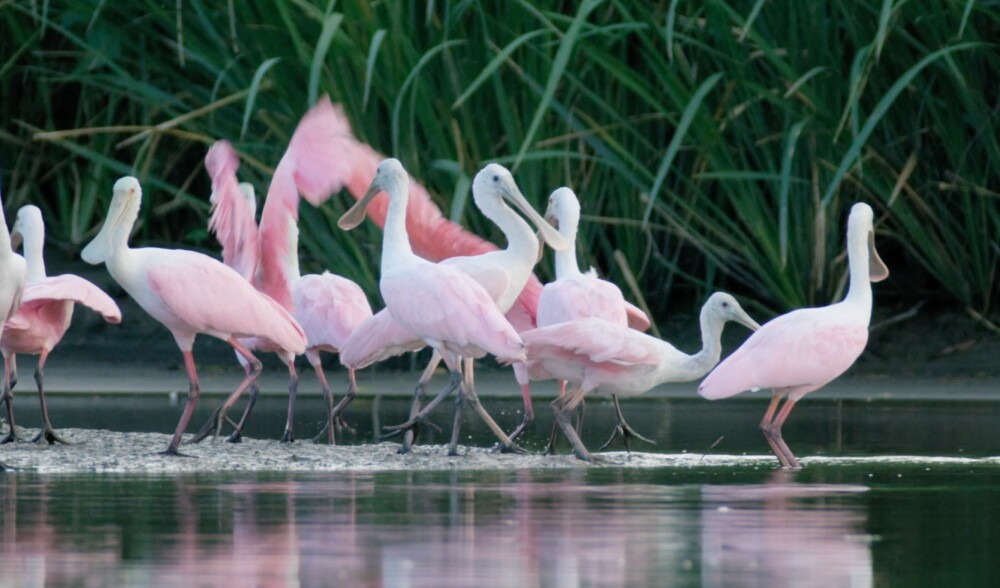When Simone Maloz thinks about what she admires in the people of coastal Louisiana, what comes to mind is their resilience.
Whether facing the sudden wrath of a hurricane, the havoc caused by a months-long oil spill or the creeping threat from decades of land loss, the region’s people find ways to recover.
“We have this fight and this ability to come back from things,” says Simone, who grew up on the bayou about 50 miles south of New Orleans. “It’s because we’ve always lived in this dynamic environment.”
That resourcefulness is driving efforts to restore coastal wetlands disappearing at the rate of a football field every 100 minutes.
Louisiana’s passage last year of its updated 50-year, $50-billion Coastal Master Plan marked a turning point in the battle to restore and rebuild land lost due to natural disasters, rising sea levels and the straightjacketing of the Mississippi River.
The plan supports major projects like sediment diversions from the Mississippi River, reconstruction of barrier islands and restoration of marsh and oyster reefs.
“In 1927, we sat the Mississippi River in its channel. That was good for us to build communities, but in the long term it was very bad because it kept that fresh water and sediment in one place, when it really wanted to be all across Louisiana’s coast,” says Simone, executive director of Restore or Retreat, a non-profit coastal advocacy organization.
David Muth, director of Gulf Restoration for the National Wildlife Federation, says more than 2,000 square miles of coastal wetlands will be lost over the next 50 years without significant action.
“We need to get the system functioning again, the way it did originally. We need to get water and sediment out of the Mississippi River and into the delta plain,” David says.
One restoration project moving closer to reality is the Mid-Barataria Sediment Diversion which would redirect fresh water from the west bank of the Mississippi River into Barataria Bay, depositing sediment and rebuilding land.
The Army Corps of Engineers and the Louisiana Coastal Protection & Restoration Authority agreed in April to accelerate the project’s permitting process, so it will now conclude in 2020.
“We often get asked if these issues related to coastal land loss are fixable or solvable. The answer is yes,” says Erik Johnson, director of bird conservation for Audubon Louisiana.
“We have the tools to restore the marsh.”
Coastal wetlands loss is more than an environmental problem. It poses a significant threat to the nation’s economy.
“You know, fish and plants and birds love to live here. But people work here, too, which is really important. They work on the Coast. They work off the shores,” says Simone.
One quarter of the country’s waterborne commerce moves through Louisiana ports. Wetlands loss puts at risk coastal fisheries and a third of the nation’s domestic oil production.
“We see making investments in our environment as a way of protecting our economic assets,” says Robin Barnes, executive vice president of Greater New Orleans, Inc. “It's not just Louisiana that has something to lose when we think about coastal erosion, it's actually the rest of the country.”




